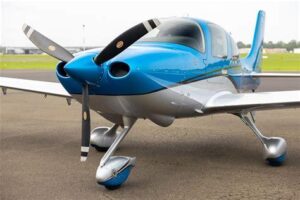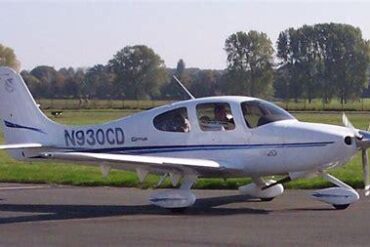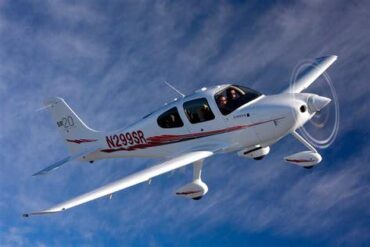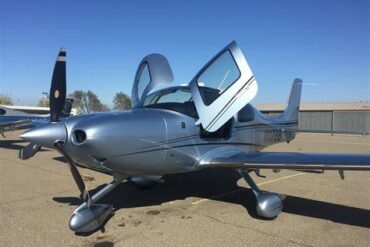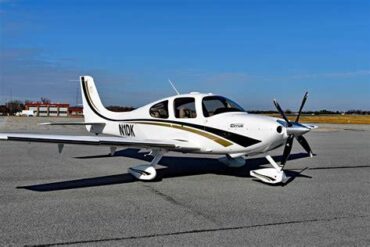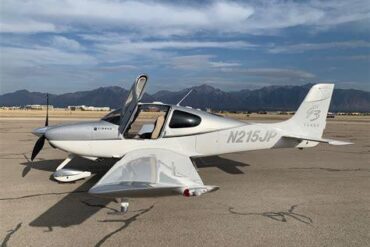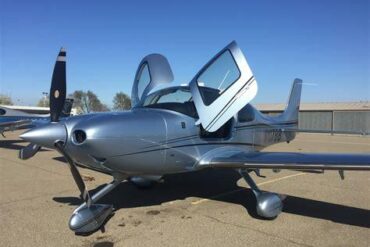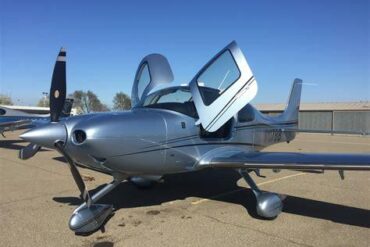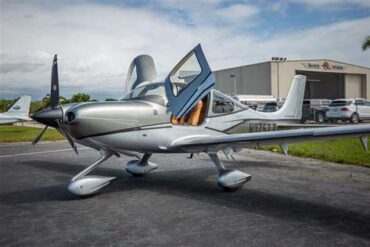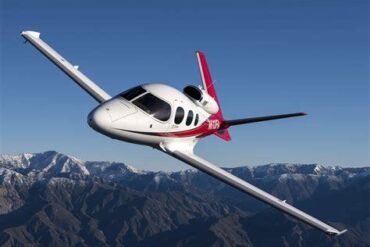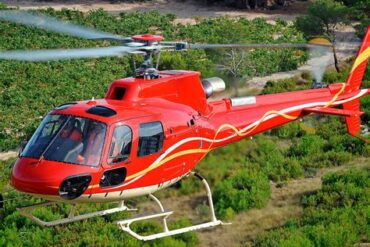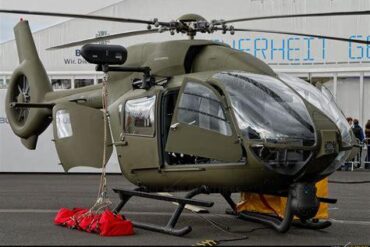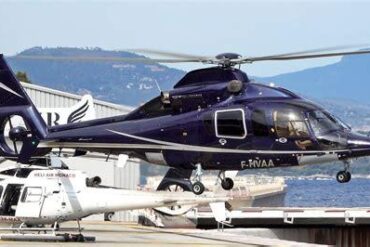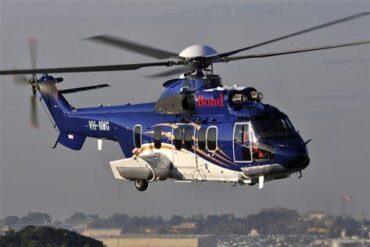The Cirrus SR20-G6 is a popular choice among private pilots and flying enthusiasts, renowned for its modern design, advanced technology, and robust performance. However, beyond the technical specifications, understanding the price and operating costs associated with owning and flying a Cirrus SR20-G6 is crucial for making an informed decision. This article provides an in-depth analysis of the financial aspects of this aircraft, covering everything from purchase price to maintenance expenses.
Purchase Price of the Cirrus SR20-G6
When considering the acquisition of a Cirrus SR20-G6, the initial purchase price is the first and most significant expense. As of 2024, the base price for a new Cirrus SR20-G6 typically starts around $550,000. However, this cost can escalate depending on various factors:
-
Customization Options: The Cirrus SR20-G6 offers a range of customization options, including advanced avionics packages, premium interiors, and exterior paint schemes. These options can increase the final purchase price by $50,000 to $100,000 or more.
-
Additional Equipment: Optional equipment such as enhanced autopilot systems, weather radar, and oxygen systems can also add to the cost. It’s not uncommon for fully equipped models to exceed $650,000.
-
Market Demand and Availability: Like any asset, the price of a Cirrus SR20-G6 can be influenced by supply and demand dynamics. In periods of high demand, prices may rise due to limited availability.
Depreciation
While the initial purchase price is a significant outlay, potential buyers should also consider depreciation. The Cirrus SR20-G6, like all aircraft, depreciates over time. On average, new aircraft lose about 5-10% of their value per year during the first five years. After that, the depreciation rate tends to stabilize, but it remains a crucial factor in the overall cost of ownership.
Operating Costs Overview
Beyond the initial purchase, the operating costs of a Cirrus SR20-G6 are ongoing and can accumulate significantly over time. These costs are divided into fixed and variable expenses, both of which must be carefully considered.
Fixed Costs
Fixed costs are those that remain consistent regardless of how often the aircraft is flown. They include:
-
Hangar Fees: Storing your aircraft in a hangar is essential to protect it from the elements. Hangar fees can vary widely depending on location but generally range from $3,000 to $10,000 per year.
-
Insurance: Aircraft insurance is another significant fixed cost. For a Cirrus SR20-G6, insurance premiums typically range between $8,000 and $12,000 annually, depending on factors such as pilot experience, the insured value of the aircraft, and coverage options.
-
Annual Inspection and Maintenance: The FAA requires an annual inspection of all aircraft. For the Cirrus SR20-G6, this inspection, along with basic maintenance, can cost between $3,000 and $6,000 per year. If any significant repairs or parts replacements are needed, these costs can rise substantially.
-
Subscription Services: Modern aircraft like the SR20-G6 often require subscriptions for software updates, navigation databases, and other digital services. These subscriptions can add up to $1,000 to $3,000 per year.
Variable Costs
Variable costs fluctuate based on the number of flight hours and include:
-
Fuel: The Cirrus SR20-G6 is powered by a Continental IO-390-C engine, which burns approximately 10-12 gallons of fuel per hour. With aviation fuel prices averaging around $6 per gallon, the hourly fuel cost is approximately $60 to $72.
-
Oil and Lubricants: Regular oil changes and lubrication are necessary to keep the engine running smoothly. These costs are typically around $500 to $1,000 per year, depending on usage.
-
Repairs and Unscheduled Maintenance: Despite regular maintenance, aircraft can experience unexpected issues. Repair costs can vary widely, but setting aside at least $2,000 to $5,000 per year for unscheduled maintenance is advisable.
-
TBO (Time Between Overhaul): The engine of the Cirrus SR20-G6 has a TBO of 2,200 hours. Overhauling the engine at the end of its life can cost around $40,000 to $50,000. While this is a long-term cost, it should be factored into the overall operating budget.
Cost Per Flight Hour
When combining all fixed and variable costs, the estimated cost per flight hour for a Cirrus SR20-G6 can range from $150 to $200. This figure includes fuel, maintenance, insurance, and other related expenses. For owners who fly 100 hours per year, this equates to an annual operating cost of approximately $15,000 to $20,000.
Financing and Ownership Considerations
Many buyers choose to finance their Cirrus SR20-G6 purchase. Loan terms for aircraft can vary, but typical terms include a 15-20% down payment and loan periods ranging from 10 to 20 years. Interest rates for aircraft loans are usually higher than for other types of loans, ranging from 4% to 7%.
Tax Implications
Aircraft ownership can have significant tax implications. Depending on how the aircraft is used, owners may be eligible for tax deductions related to depreciation, interest on loans, and operational expenses. Consulting with a tax professional who specializes in aviation is recommended to maximize these benefits.
Resale Value and Market Conditions
The resale value of a Cirrus SR20-G6 is influenced by factors such as market demand, the aircraft’s condition, total flight hours, and the state of its avionics and engine. Cirrus aircraft generally hold their value well, but like all aircraft, they are subject to market fluctuations.
Cost Comparison with Other Aircraft
When considering the Cirrus SR20-G6, it’s essential to compare its costs with those of other aircraft in its class. Competitors include models like the Cessna 172 and the Piper Archer. While the SR20-G6 may have a higher purchase price, it offers superior performance, advanced avionics, and the added safety of a parachute system.
-
Cessna 172: The Cessna 172 has a lower purchase price, typically ranging from $400,000 to $450,000 for new models. However, it lacks some of the advanced features and performance capabilities of the SR20-G6. Operating costs are slightly lower, with an estimated cost per flight hour of $130 to $160.
-
Piper Archer: The Piper Archer, another competitor, has a purchase price similar to the Cessna 172, around $400,000 to $460,000. Like the Cessna, it offers lower operating costs but doesn’t match the performance and technology of the SR20-G6.
Conclusion
The Cirrus SR20-G6 represents a significant investment, both in terms of its purchase price and ongoing operating costs. However, for pilots who value cutting-edge technology, performance, and safety, the SR20-G6 offers exceptional value. By carefully considering the financial aspects detailed in this article, prospective buyers can make an informed decision that aligns with their budget and flying goals.
